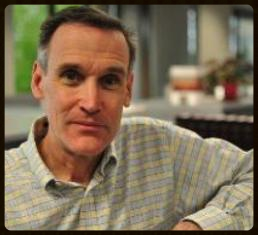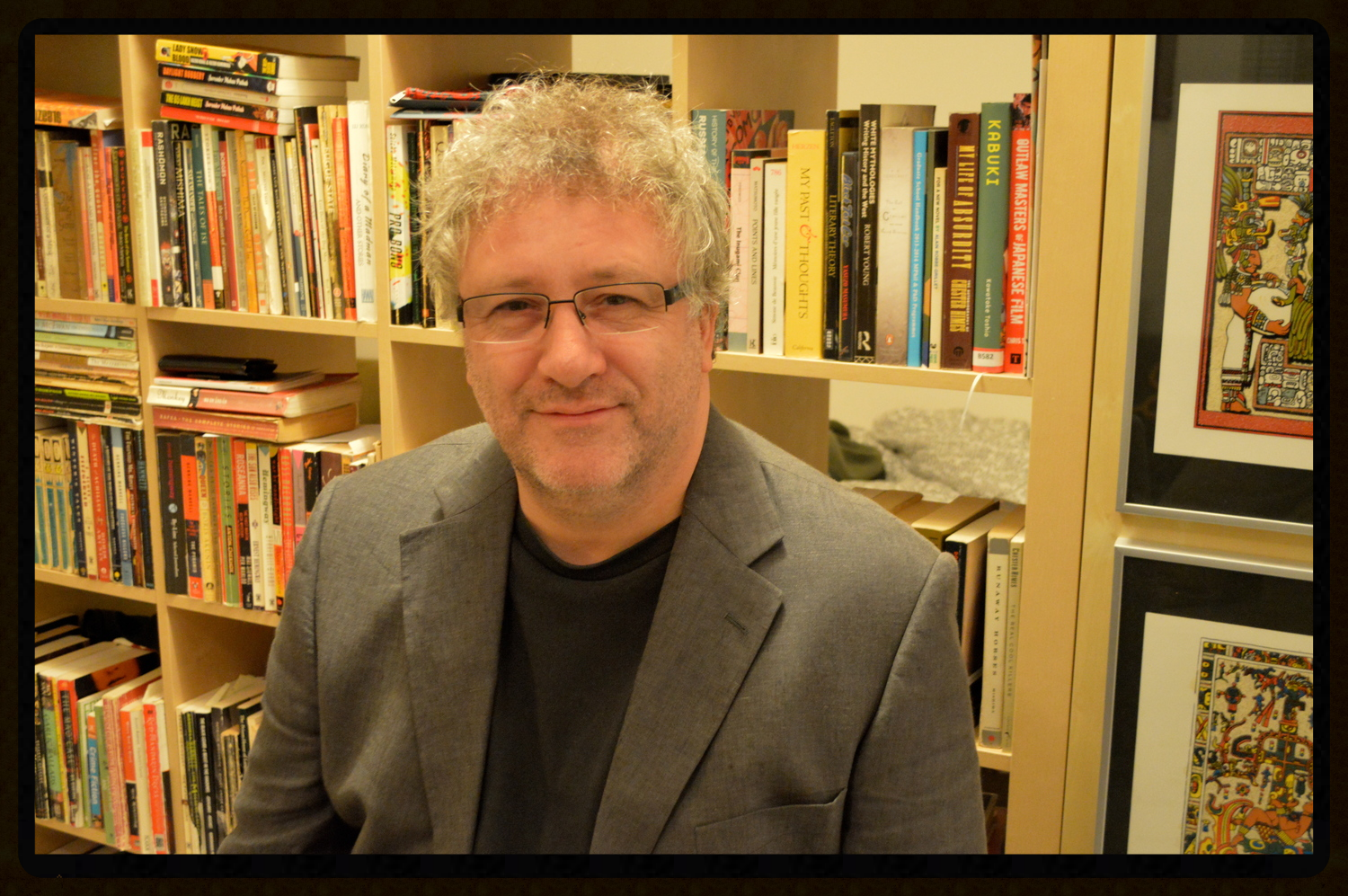The adage hard work never killed anyone is faint praise indeed. Is that the best we can say about hard work and its corollary, doing things the hard way? Ronald Reagan’s amusing variation — hard work never killed anyone, but why take the chance? — suggests it might be. I want to suggest otherwise.
My essay evolved out of a tough year at work in 2013, which led me to examine my priorities carefully. From this useful exercise I realized that not only was work still important to me but that a proclivity to do things the hard way had benefited me in surprising ways I had never articulated before. Others who had also benefited in surprising ways from doing things the hard way came to mind, and before long I had enough examples to support my developing theme.
I roughed out the essay in January of 2014, finished it in February, and then shelved it for a time. In April I cut a third of it in a Mark Twain rewrite (“I didn’t have time to write a short letter, so I wrote a long one instead”) and sent it to Split Rock Review, where it was favorably received and now resides in Issue #3.




